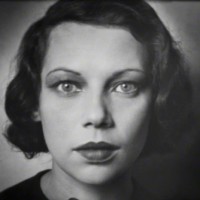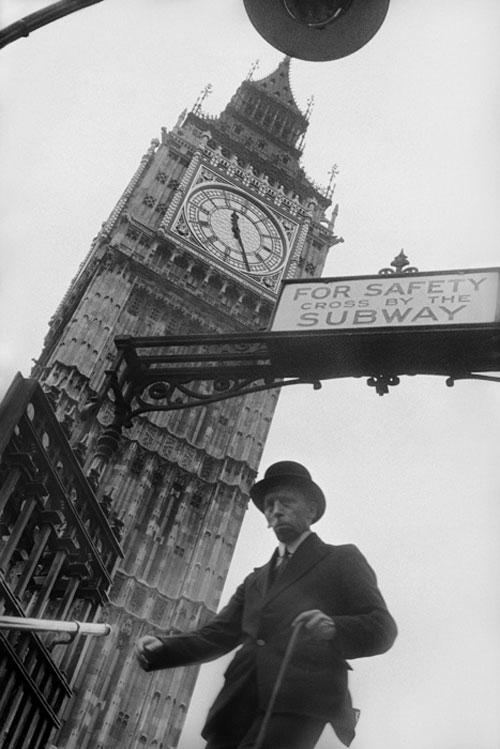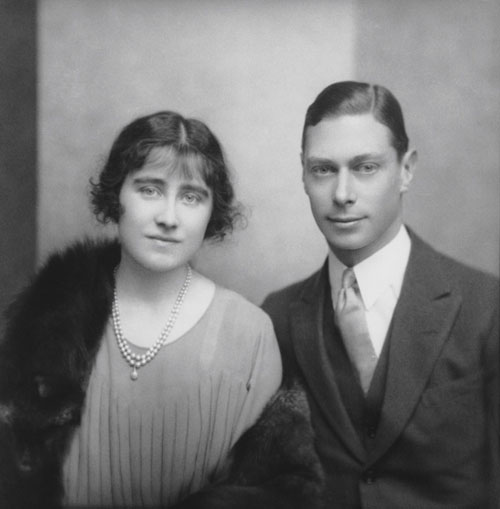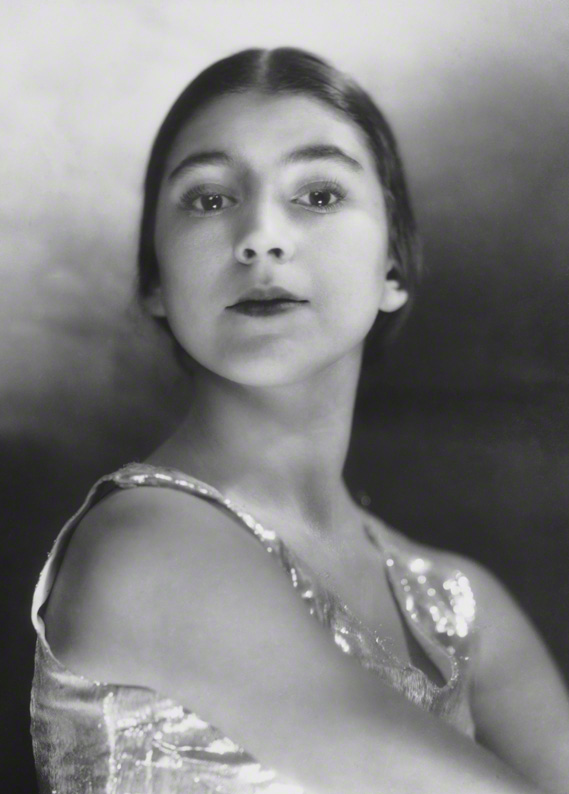
It’s not often that I come out of an exhibition buzzing. Oh sure, I might smile quietly to myself and think that there were worse ways to spend an hour or so, but to feel, well, inspired maybe, or perhaps even exhilarated by something? That’s a rarity. It happened this morning, though. The NPG and their guest curator Phillip Prodger have brought together a super collection of images to make Hoppé Portraits: Society, Studio and Street a gem.
The earlier part of Hoppé’s career was devoted to studio portraits, and these form the first half of the exhibition. Cecil Beaton referred to Hoppé as ‘The Master’; these pictures make it easy to appreciate that epithet. Every picture gives you a clear sense of who the subject is, what she or he is like. Hoppé made it a part of his work to get to know the people he was photographing: he studied politicians’ speeches, he watched ballerinas dance, he read authors’ books. More than anything, he spoke with them.
He was able to leave behind Victorian pictorialism and embrace a more modernist approach to portraiture and still convey just who his subject was and what was important to her or him. The engagement photo of Lady Elizabeth Bowes-Lyon to His Royal Highness the Duke of York, who would later become Their Majesties King George VI and Queen Elizabeth, is a picture of a slightly diffident, somewhat nervous young couple. They’d grow into a formidable couple, but they weren’t there yet.
Then there’s Margot Fonteyn, taken when she was 16. She wasn’t famous yet, she’d only just danced her first big part. But she knew she was good. There’s a self-assurance in that portrait, taken incidentally when Hoppé had mostly stopped doing studio portraits and was concentrating on street photography, that can stop you dead in your tracks.
However he did it, Hoppé managed to bring out the personality of their subjects. Just so.
But Hoppé grew a bit bored with the studio, so he moved into the street, and that’s the second half of the exhibition. You’ve candid shots taken using a Kodak Brownie (it had the quietest shutter) concealed in a paper bag and more traditional street portraits. They’ve a mixture of humour and intense dignity. The lighting that quite clearly accentuated a lady’s bum as she exited a tube station made me smile; the photo of two men sleeping rough in Trafalgar Square highlighted their desperation but didn’t degrade them.

Westminster Underground Station, 1937 © 2011 Curatorial Assistance, Inc. / E.O. Hoppé Estate Collection
These pictures give you a real sense of how London was and who the people who lived there were between the wars. This is that slice of life that you want street photography to be.
Hoppé was quite clearly interested in people, and this shines through, whether he’s exploring different ‘types’ of people or by compiling his collection ‘Fair Women’ in 1922. That one ruffled a few feathers: for Hoppé, a beautiful woman could come from any class and have any skin tone. It wasn’t exactly received wisdom at the time, though. But portraits are about people and this exhibition gives you a masterclass in them.
There hasn’t been a major exhibition devoted to Hoppé in over 30 years. It was worth the wait.
Hoppé Portraits: Society, Studio and Street runs from 17 February to 30 May 2011 at the National Portrait Gallery, St Martin’s Place, London, WC2H 0HE.
(Featured image: Tilly Losch, 1928, © 2011 Curatorial Assistance, Inc. / E.O. Hoppé Estate Collection)







